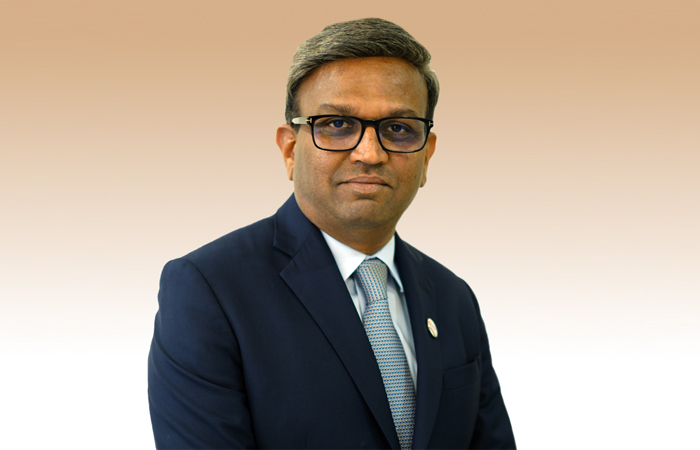Why has NSE chosen to enter trading in electricity futures at this point?
We’ve been working on this product for a couple of years, and now that we have regulatory approval, the timing feels right. India is poised for substantial growth over the next 15 years, so this may be the ideal time to introduce a product like this.
As the country approaches becoming the world’s third-largest economy and eventually crosses the ₹10 trillion GDP mark, energy consumption is set to rise dramatically. Any volatility in power prices can affect not only profitability but also balance sheets and broader economic planning. Electricity futures offer an essential hedging tool to mitigate downside risks.
As India’s leading exchange, what kind of growth do you anticipate this segment contributing over the next five years?
If we’re talking about growth in participant numbers, we expect it to be quite significant. There could be several thousand—perhaps even millions—engaging with this product in time.
Are you also looking at widening market participation beyond traditional players?
Absolutely. Initially, we expect participation from power producers, distribution companies, and large electricity consumers, including manufacturing units, data centres, and the like. Over time, once the product is well understood, high net worth individuals may also begin to engage. We’ve seen a similar trajectory in equity derivatives. Early adoption was slow, but with time and awareness, the market matured. Today, there’s even talk of over-participation in equity derivatives.
There are three existing power exchanges: IEX, PXIL and HPX. How is NSE’s role differentiated?
The exchanges you have named are all spot exchanges. NSE is offering a derivatives product, which allows users to lock in prices for the future, whether that’s a month, a quarter, or a year ahead. We’re starting with monthly contracts, but plan to roll out quarterly and annual options in the due course.
With India pursuing expansion in cross-border electricity supply, could such developments give electricity futures a boost?
Electricity futures are fundamentally driven by expectations around the cost of power. If people anticipate a price rise or fall, they will come to this market to manage that risk. That’s the real trigger. Not infrastructure or policy changes per se, but market perception. It’s like having brakes in a car; only then do you feel confident enough to accelerate.
Was India’s evolving energy status part of your motivation to pursue this project?
We didn’t develop this internally; it was market-driven. Participants gave us feedback that electricity futures and carbon credits were both needed. So those are the two products we’ve been developing over the past few years. We hope to launch carbon credits in future as well. They could unlock immense value currently unaccounted for on Indian balance sheets.
Any timeline in mind for launching carbon trading?
We’re working closely with the regulators to build the right framework. It’s too early to commit to a timeline.
Looking ahead, what further expansions are you looking at in your commodity futures portfolio?
In the medium term, we’ll offer some—but not all—products that are common in developed markets. As India’s economy matures and its commodity consumption rises, the need for hedging tools will increase accordingly. That’s when a diversified futures portfolio becomes critical. Electricity is just one piece. As India grows, we’ll need futures across coal, crude oil, gas, steel, iron ore, even gold and silver. We aim to ensure these tools are available before the need becomes urgent.
Markets also raise concerns about manipulation. What safeguards are in place for electricity futures?
Our role as an exchange is to manage counterparty risk and ensure delivery upon expiry, as per contract terms. We maintain robust surveillance systems to monitor trading behaviour, and we’re prepared to intervene with stricter rules if necessary.
Lastly, there’s been speculation around NSE’s IPO. Any comment?
The IPO process begins only after receiving all necessary regulatory clearances. We’re currently awaiting that approval.
Some reports suggest those clearances are already in place…
I can’t comment on such reports. We’ll proceed once the formal approvals are secured.
-Manish Pant


